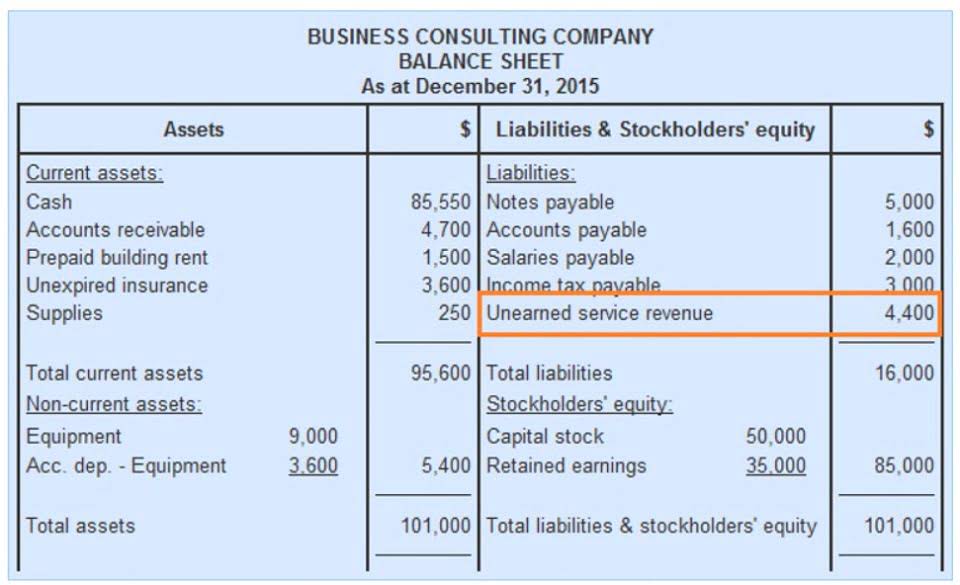Nonprofit Financial Statements: Complete Guide with Examples
October 7, 202215 Javascript Projects For Novices
February 1, 2024
Although this statement is not included in the four main general-purpose financial statements, it is considered important to outside users for evaluating changes in the RE account. This statement is often used to prepare before the statement of stockholder’s equity https://www.bookstime.com/nonprofit-organizations because retained earnings is needed for the overall ending equity calculation. On one hand, high retained earnings could indicate financial strength since it demonstrates a track record of profitability in previous years.
How to find retained earnings on a company’s balance sheet

Changes in accounting principles, estimates, or reporting entities require careful contribution margin handling to maintain reliability. When adopting a new accounting principle, companies must retroactively adjust prior financial statements as though the principle had always been applied, ensuring comparability across periods. This process, mandated by FASB’s Accounting Standards Codification (ASC) 250, allows stakeholders to assess performance without distortions. Instead, they reallocate a portion of the RE to common stock and additional paid-in capital accounts.

Time Value of Money
- This usually gives companies more options to fund expansions and other initiatives without relying on high-interest loans or other debt.
- Since the statement of retained earnings is such a short statement, it sometimes appears at the bottom of the income statement after net income.
- This reflects the accounting principle that increases in equity, such as profits kept within the company, and credits, while decreases in equity, such as losses or dividends, are debits.
- Factor in net income like a maestro weaving a melody through the chords of retained earnings, carefully balancing the scales of income and expenses.
- It’s crucial to remember that sales revenue, cost of goods sold, depreciation, and operating expenses—among other line items on your income statement—play a big part in shaping this number.
- Where profits may indicate that a company has a positive net income, retained earnings may show that a company has a net loss, depending on the amount of dividends it paid out to shareholders.
On the other hand, a startup tech company might have a retention ratio near 100%, as the company’s shareholders believe that reinvesting earnings can generate better returns for investors down the road. The retention ratio (also known as the plowback ratio) is the percentage of net profits that the business owners keep in the business as retained earnings. This ending retained earnings balance can then be used for preparing the statement of shareholder’s equity and the balance sheet. If a company’s retained earnings are less than zero, it is referred to as an accumulated deficit. This may be the case if the company has sustained long-term losses or if its dividends exceed its profits. On the other hand, when a company generates surplus income, a portion of the long-term shareholders may expect some regular income in the form of dividends as a reward for putting their money into the company.
What Does It Mean for a Company to Have High Retained Earnings?
- Lenders are interested in knowing the company’s ability to honor its debt obligations in the future.
- Rho is a fintech company, not a bank or an FDIC-insured depository institution.
- A critical part of this clarity comes from understanding your company’s statement of retained earnings.
- Investors who have invested in a Company gain either from dividend payments or the share price increase.
- Profits generally refer to the money a company earns after subtracting all costs and expenses from its total revenues.
This allocation does not impact the overall size of the company’s balance sheet, but it does decrease the value of stocks per share. In conclusion, the statement of retained earnings holds significant importance in a company’s financial management. It serves as an retained earning statement indicator of the company’s performance and stability, assisting in debt management and attracting potential investors.

Pour too much into dividends, and the retained earnings dwindle, possibly signaling a lack of internal investment capital. But strike the right balance, and you’re likely to attract investments while still rewarding shareholders. The plot behind this step revolves around the outcome of your business’s operations. Revenue is nothing but a high-five until you subtract the costs it took to rack up those sales.

